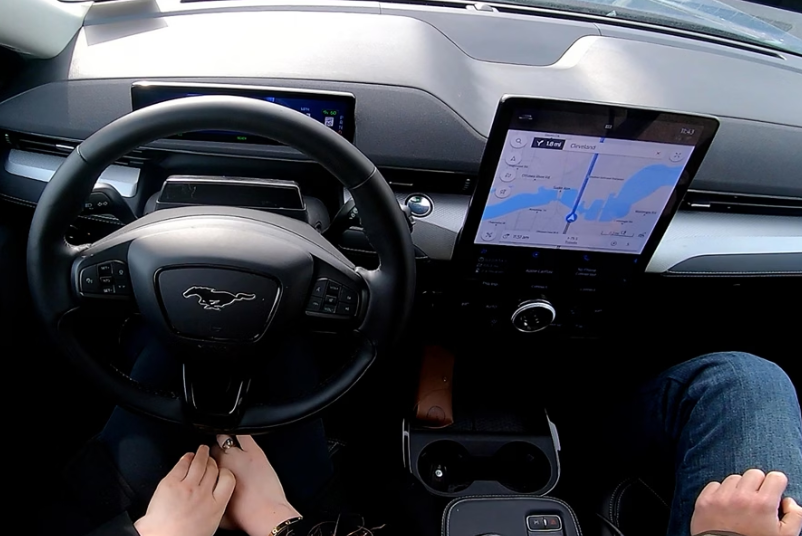The National Transportation Safety Board (NTSB) is probing into two tragic incidents involving fatal crashes of Ford Mustang Mach-E vehicles colliding with stationary vehicles. These accidents have resulted in the loss of three lives.
According to the report, the first fatal crash occurred in San Antonio, Texas, while the other happened in Philadelphia. In at least one of these crashes, Ford's BlueCruise hands-free driver-assist system was reportedly activated during the collision.
What Happened in the Texas Car Crash

In the San Antonio crash, a 44-year-old driver of a Mustang Mach-E utilizing the BlueCruise system struck a stationary Honda CR-V, leading to the death of the 56-year-old driver of the Honda. The collision transpired on Interstate 10 when the Honda was immobile in the middle lane without illuminated lights, the Associated Press reports.
Read also: : Ford Delays Next-Gen EVs, Shifts Focus to Hybrids: What It Means for the Automotive Industry
What About the Philadelphia Incident
In the Philadelphia crash, a Mach-E collided with two stationary vehicles on Interstate 95, resulting in the fatalities of both drivers of the stationary cars. The crash occurred at 3:13 a.m., and one of the victims may have been standing outside their vehicle.
NTSB Findings
Based on preliminary data retrieved from the vehicle involved in the San Antonio crash, the NTSB indicates that the driver had activated the BlueCruise mode before the collision. However, the final report is anticipated to be released in the coming year or two.
BlueCruise Hands-Free Driving Assist Feature
Ford's BlueCruise system allows for hands-free driving on select highways but is not classified as autonomous driving. While drivers can disengage from the steering and pedals, they are required to remain vigilant and ready to take control of the vehicle at any moment.
As Electrek notes, the system incorporates a driver monitoring feature to deactivate BlueCruise if the driver appears distracted or fatigued.
Overreliance on Assisted Driving Systems
Studies have highlighted a tendency for drivers to overly rely on advanced driver assistance systems (ADAS), potentially compromising their reaction times. The NHTSA has previously investigated accidents involving Tesla's Autopilot, and Ford's BlueCruise investigation marks the first of its kind.
As ADAS becomes more prevalent, further scrutiny and investigations are anticipated.
Implications for Automotive Safety
Ford's BlueCruise, regarded as one of the leading driver-assist systems, is now under the spotlight following these fatal crashes. Additionally, Ford offers other safety features like Co-Pilot360, emphasizing the importance of scrutinizing the efficacy of such systems in preventing collisions and enhancing road safety.
Last week, Ford recalled 43,000 SUVs due to a leak in the fuel injector. This minor problem can trigger fire if left unchecked.
In other news, EV adoption in Europe appears to be declining alongside the market shares.
According to the European Automobile Manufacturers' Association (ACEA), less than 30% of Europeans have plans to buy an EV, but over half of them won't dare to spend over €35,000 for them.
It should be noted that the deadline for the full EV adoption in the region is in 2035.
Read also: : Ford Slashes Prices on 2023 Mustang Mach-E in Canada, Offering Up to $13,000 in Savings

ⓒ 2025 TECHTIMES.com All rights reserved. Do not reproduce without permission.




